“I was suffering from colitis, jaundice, severe edema, anaemia, endometriosis, asthma, and depression.”
I have learnt how to live… how to be in the world and of the world, and not just to stand aside and watch…
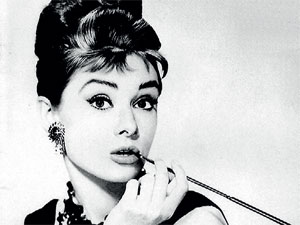 I was the daughter of a British father and a Dutch mother in Brussels, Belgium, on May 4, 1929. My daddy, Joseph Victor Anthony Hepburn- Ruston, a heavy drinker, deserted the family when I was six years old. Momma, Baroness Ella van Heemstra, moved my two step-brothers (Alexander and Ian) and me from Brussels to our daddy’s mansion in Arnhem, Holland. The following year, 1936, I left Holland and moved to England to attend a private boarding school in Kent, where I enjoyed dance classes taught by a London ballet master. In 1939, when I was ten, Germany invaded Poland, beginning World War II.
I was the daughter of a British father and a Dutch mother in Brussels, Belgium, on May 4, 1929. My daddy, Joseph Victor Anthony Hepburn- Ruston, a heavy drinker, deserted the family when I was six years old. Momma, Baroness Ella van Heemstra, moved my two step-brothers (Alexander and Ian) and me from Brussels to our daddy’s mansion in Arnhem, Holland. The following year, 1936, I left Holland and moved to England to attend a private boarding school in Kent, where I enjoyed dance classes taught by a London ballet master. In 1939, when I was ten, Germany invaded Poland, beginning World War II.
When England declared war on Germany, the Baroness (grandma) moved us back to Arnhem for safety. However, Germany soon invaded Holland. I lived in Nazi occupation from 1940 to 1945, using the name Edda van Heemstra so as not to sound English. I was not living with a lot of difficulty even though the times were tough, I am glad to say I did have quite a privileged life. I received ballet training from Winja Marova at the Ar nhem School of Music, where I was praised for my posture, personality, and performance. Life was normal at first; kids went to football games, swim meets, and the movie theatre. However, with half a million occupying German soldiers using up Dutch resources, fuel and food shortages were soon rampant. These scarcities caused Holland’s child death rate to increase by 40 percent. In the winter of 1944,
we didn’t have much to eat. After enduring all of that, our family was evicted when Nazi officers seized the Van Heemstra mansion. With most of our wealth confiscated, the Baron (my grandfather), I and momma were moved to the granddaddy’s villa in the town of Velp, three miles outside of Arnhem. The war affected our extended family as well. Uncle Otto was shot to death for attempting to blow up a railroad. My halfbrother Ian was forced to work in a German munitions factory in Berlin. While Alexander joined the underground Dutch Resistance. I also resisted Nazi occupation. When the Germans confiscated all the radios, I delivered secret underground newspapers, which I hid in my oversized boots. I never stopped ballet, I continued ballet and gave recitals to make money for the resistance until I was too weak from malnutrition.
Four days after Adolf Hitler committed suicide on April 30, 1945, the liberation of Holland took place — coincidentally on my 16th birthday. Alexander and Ian returned home. The United Nations Relief and Rehabilitation Administration brought boxes of food, blankets, medicine, and clothes. I was suffering from colitis, jaundice, severe edema, anaemia, endometriosis, asthma, and depression. With the war over, our family tried to resume a normal life. I no longer had to call myself Edda van Heemstra and went back to being Audrey Hepburn-Ruston. I and momma worked at the Royal Military Invalids Home. Alexander (age 25) worked for the government in reconstruction projects, and Ian (age 21) worked for Unilever, an Anglo-Dutch food and detergent company.
In 1945, Winja Marova referred me to Sonia Gaskell’s Ballet Studio ’45 in Amsterdam, where I studied ballet for three more years. Gaskell thought I had something special. Gaskell introduced me to Marie Rambert of Ballet Rambert in London, a company performing night revues in London and international tours. I auditioned for Rambert and was accepted with a scholarship in the early 1948. By October, Rambert told me that I did not have the physique to become a prima ballerina for I was too tall (5’7”). Even so, I didn’t compare to the other dancers since I had begun serious training too late. I was shattered to see my dreams fall apart. With everything I went through I kept living to perform in the stage doing what I love. I didn’t necessarily give up on myself. I tried out for a part in the chorus line in High Button Shoes, a zany play at London’s Hippodrome.
I got the part and performed 291 shows, using the name Audrey Hepburn. Afterward, Cecil Landeau, producer of the play Sauce Tartare (1949) had spotted me and cast me as the girl walking across the stage holding up the title card for each skit. Apparently with my impish smile and large eyes, I managed to get cast for higher pay in the play’s sequel, Sauce Piquant (1950), in a few comedy skits. In 1950, I modelled part time and registered myself as a freelance actress with the British film studio. I appeared in several bit parts in small movies before landing the role of a ballerina in The Secret People (1952), where I was able to show off my ballet talent. More specifically my love for ballet and performance was rewarded. In 1951, the famed French writer Colette was on the set of Monte Carlo Baby (1953) and spotted me playing the small part of a spoiled actress in the movie.
Colette cast me as Gigi in her musical comedy play Gigi, which opened on November 24, 1951, on Broadway in New York at the Fulton Theatre. Simultaneously, director William Wyler was looking for a European actress to play the lead role of a princess in his new movie, Roman Holiday, a romantic comedy. Executives in the Paramount London office had me do a screen test. Wyler told me later that he was enchanted, I landed the role. Gigi ran until May 31, 1952, earning me a Theatre World Award and plenty of recognition. When Gigi ended, I flew to Rome to star in Roman Holiday (1953). The movie was a boxoffice success and I received the Academy Award for Best Actress in 1953 when I was 24 years old. Capitalizing on me, Paramount gave me the lead in Sabrina (1954), another romantic comedy, directed by Billy Wilder where I played a Cinderella type.
It was the top boxoffice hit of the year and I was nominated for Best Actress again but lost to Grace Kelly in The Country Girl. In 1954, I met actor Mel Ferrer when we co-starred on Broadway in the hit play Ondine. Oh he was magical. We dated and when the play ended, I received the Tony Award and married Ferrer on September 25, 1954, in Switzerland. Just when you think life is better, it reminds you to stay grounded and even teaches you what sadness is in the midst of everything. I had a miscarriage, and fell into a deep depression. Ferrer suggested that I return to work. Together we starred in the film War and Peace (1956), a romantic drama. My career offered me many successes, including another Best Actress nomination for the dramatic portrayal of Sister Luke in The Nun’s Story (1959), but Ferrer’s career was on the decline.
I discovered that I was pregnant in late 1958 but was on contract to star in a Western, The Unforgiven (1960), which began filming in January 1959. Later that same month during filming, I fell off a horse and broke my back. Although I recovered, my baby was a stillborn that spring. I couldn’t get over the misfortunes of life and fell deeper in to depression. Thankfully, I did give birth to a healthy son, Sean Hepburn-Ferrer, on January 17, 1960. Little Sean was always in tow and even accompanied me on the set of Breakfast at Tiffany’s (1961). I was so eternally grateful to god. With fashions designed by Hubert de Givenchy, the film “Breakfast at Tiffany’s” catapulted me as a fashion icon; I appeared on nearly every fashion magazine that year. The press took its toll, however, and then we bought La Paisible, an 18th-century farmhouse in Tolochenaz, Switzerland, to live in privacy. My successful career continued when I starred in The Children’s Hour (1961), Charade (1963), and then was cast in the universally acclaimed musical film, My Fair Lady (1964).
After more successes, including the thriller Wait Until Dark (1967), the Mel left me. We separated. Life moved on. After all it was one hell of a ride for me until now. In 1988 my main focus became helping with the United Nations International Children’s Emergency Fund (UNICEF). As a spokesperson for children in crises, I fondly remembered the United Nations relief in Holland after WWII and did the best I can to help the organization. I travelled the world six months a year, bringing national attention to the needs of starving, sick children throughout the world. In 1992, I thought she had picked up stomach virus in Somalia but was soon diagnosed with advanced pancreatic cancer. After an unsuccessful surgery, doctors gave me three months to live.
“I believe in being strong when everything seems to be going wrong. I believe that happy girls are the prettiest girls. I believe that tomorrow is another day, and I believe in miracles.”
Love,
Audrey Hepburn
Written by Devuni Goonewardene (email feedback to [email protected])







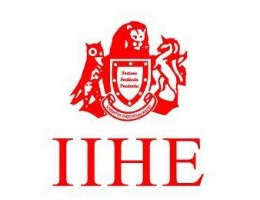



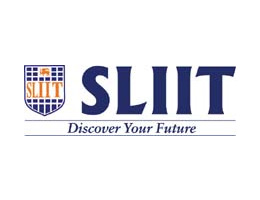
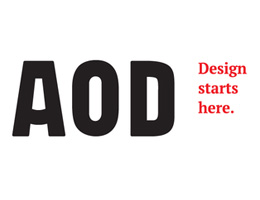

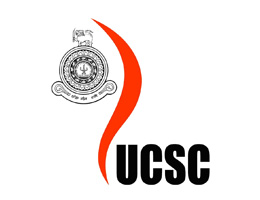


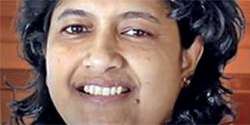

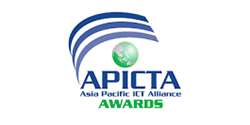
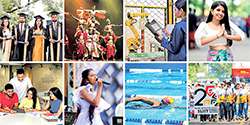



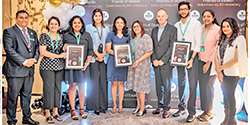
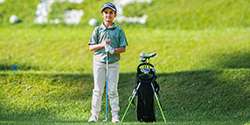

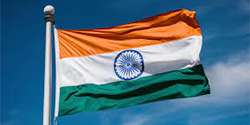
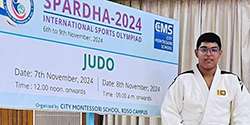

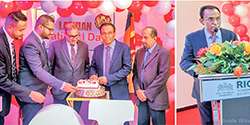

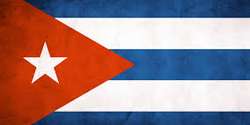
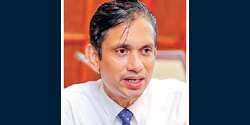
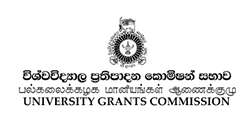






.jpg)
.jpg)
.jpg)
.jpg)
.jpg)
.jpg)
